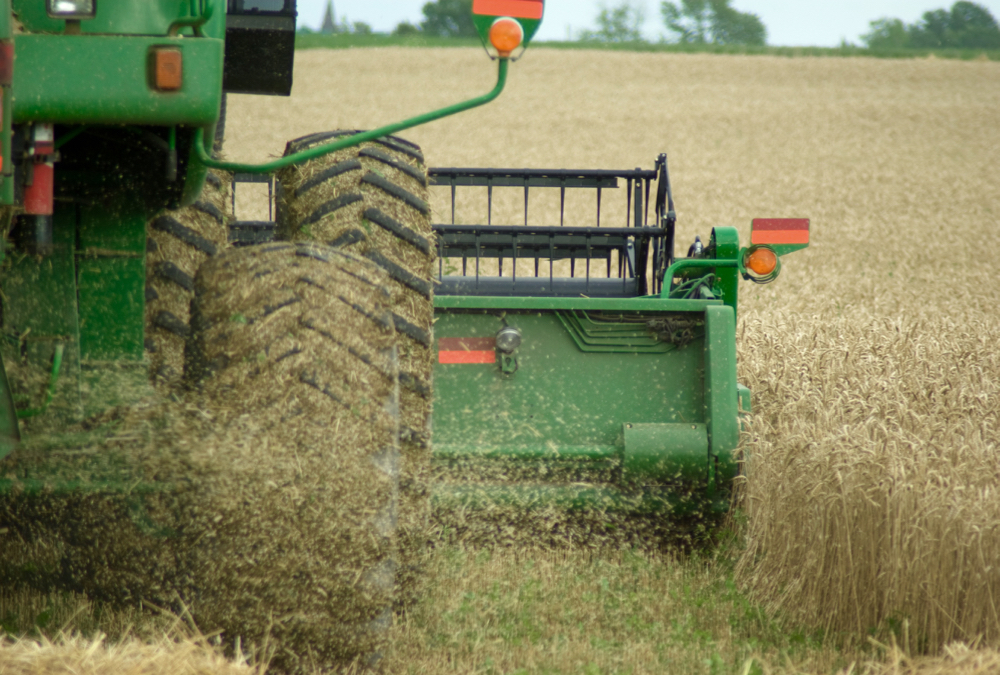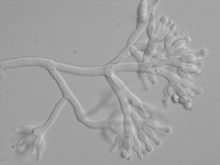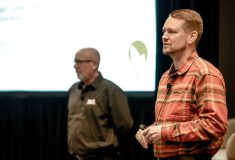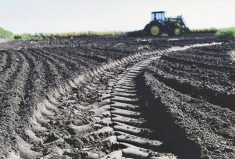Field activity makes soil compaction worse. That’s just the nature of the work.
But there are methods to reduce it, in favourable and unfavourable conditions.
Why it matters: Ways to reduce soil compaction vary, depending on soil type, field conditions, equipment capability, operation style, and other factors.
For Alex Barrie, a Bowmanville-area farmer and soil management engineer with the Ontario Ministry of Agriculture, Food and Rural Affairs, prevention begins by taking a critical look at equipment type and setup.
Read Also
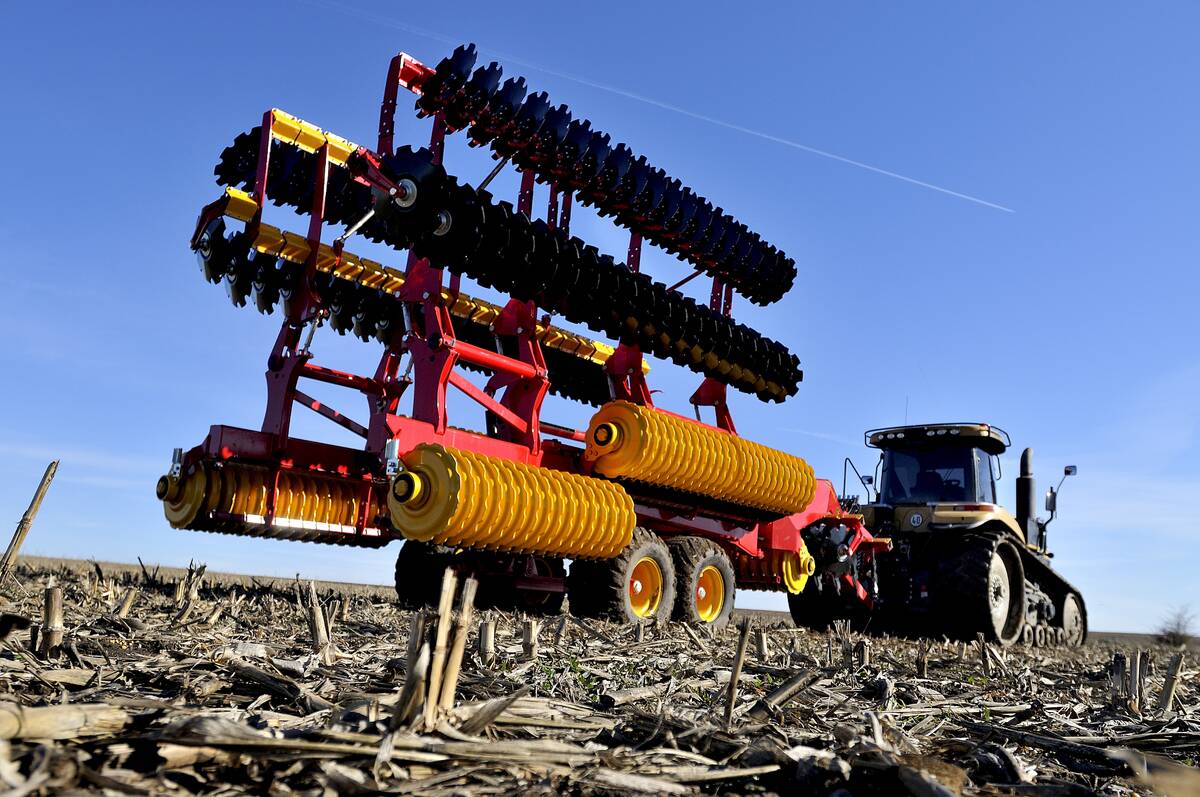
Evolution of European equipment manufacturers runs deep
A look at how Lemken and Väderstad have evolved from their traditional offerings of tillage equipment to include planting and seeding equipment in their lineups.
The combine might be the largest piece of iron prowling the field, but it’s also likely the best setup in terms of, for example, weight distribution, he says.
“It would be on the fence. Everything else is going to probably cause compaction.”
That includes grain buggies or wagons, as well as trucks entering the field for on-site grain shipment. With heavy load capacities and frequent movement within the field, such equipment can bring an unexpected amount of downward pressure.
That said, Barrie reiterates overly dry conditions seen in the province mean prevention will likely be easier this year, particularly compared to rut-inducing conditions experienced in the last two years.
“All my (general) measurements are based on average moisture content for average soil. We’re drier than that right now. Class 7 (combines) are probably going to be OK this year.”
Growers shouldn’t throw caution to the wind, though. Developing practices to keep equipment movement as efficient as possible helps regardless of field conditions, says Barrie. This can include establishing additional field entrances, if possible, to improve loading efficiency and reducing traffic. Driving smoothly and without abrupt movements is another preventive step.
“Stopping shifts weight. The less you can shift the load the better,” Barrie says.
Whether movement should be confined to specific lanes, as opposed to distributed across the field, is harder to determine. If it’s known that single passes cause yield losses, it doesn’t make sense to drive everywhere once. If there isn’t a loss, though, the opposite may be true.
“In my opinion, it’s easier to try and fix compaction in a small area than on a whole field scale,” says Barrie, adding the practice of taking parts of the field out of production to establish laneways can make financial sense in some cases.
Greg Stewart, agronomy lead with Maizex and past host of the Ontario Soil and Crop Improvement Association’s compaction demonstration events, says determining the preferred equipment path is a “gut” decision by the grower at harvest.
“From a soil fitness perspective, the thinking is 80 per cent of compaction occurs in the first pass,” says Stewart. “What critical threshold have you crossed? Even though 80 per cent occurs, if it’s only the next 20 per cent that causes yield reduction, you’d be happy to cause 80 per cent over the field. But if in that 80 per cent you’re causing yield reduction, you want to restrict pathways.
“If you’re nervous about that first pass just by the look, moisture content, feel of the soil, what the depression looks like, you have to make a gut check whether you’re going to confine traffic to lanes or not be as concerned about it.”
Hard tires are a well-documented source of compaction, though one Barrie says can be significantly reduced by deflating them to the right psi, as well as keeping an eye on fluctuations wrought by changing temperatures.
“Inventory your tires. Make sure the tire pressure is adjusted. The heat during the day can affect it. It could be good in the morning, but several psi higher later in the day. That’s going to be quite significant in some cases,” he says.
“It’s about .3 per cent increase per degree Celsius. You can have a three per cent change from morning till mid-day.”
Tires vs. tracks
Tire and track technologies are converging, making the debate more irrelevant.
“Some new tires are trying to be more like a track for all the reasons tracks are good. Tracks are busy trying to get more of a rounded profile, like tires, for all the good reasons tires are good. The design elements are chasing each other,” says Barrie.
“It really does come down to what you’re willing to put up with and what works for you. Getting them set up with the right air pressure for the weight you have is going to be the most helpful.”
Aside from immediate compaction concerns, Stewart encourages growers to consider what conditions they need the following spring.
“For example, if a grower is running a grain buggy in a field where he’s going to do a disc-ripping operation in the fall, then do an awesome job of seedbed prep in the spring, to me that’s a considerably different scenario than someone going to no-till beans the next spring,” he says.
“If your next pass is with the no-till drill planting beans, you better be more careful than if you have other options ahead of you. I think it’s worth considering where the grower sits in terms of the overall equipment they have.”




